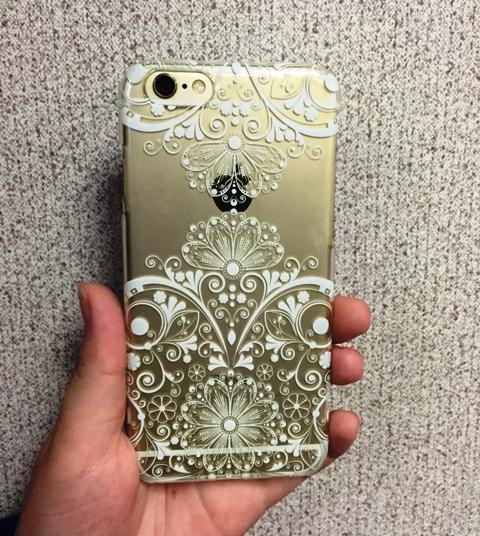iPhone: Time to Upgrade?

Making the decision to upgrade is never easy, but sometimes it is a necessary option to consider. As technology continues to grow, it is important to grow with it.
November 2, 2015
After Apple’s fall release of the new iPhone 6S/6S Plus and iPad Pro (as well as the Apple Watch and the new Apple TV), many users were left with a difficult question: “Should I upgrade?” The answer to this question varies from user to user. However, it is always best to have all the information before making a large purchase such as a new iPhone.
In looking at the similarities and differences between the iPhone 6 and the iPhone 6S, there are new features and fine tuning that can easily be spotted. While there are differences, the two devices are also very similar. As expected, the two electronics are available in hard drive sizes 16GB, 64GB, and 128GB, which seems to be the new normal for Apple iPhones. Both phones exhibit the same battery life, the same charging speed, and the same basic features (Touch ID, barometer, gyro, etc). The same colors as the iPhone 6 will be offered for the iPhone 6S, but the newer phone will also be purchasable in the color “Rose Gold.” Aside from the color, the two smart phones have also not physically changed much. When turned on, the new 6s features the same resolution screen, as well as the same button and port placement, as the phone before it. However, the iPhone 6 has dimensions 5.44×2.46×0.27 in. and weighs in around 4.5 ounces. Not to the public’s surprise, the new 6S has similar dimensions, but appears to be 0.01 inches thicker and a half of an ounce heavier than its predecessor. These are minor physical differences that the user would never notice, but they are a point used by Apple to prove how physically similar the devices are.
However, when in use, the phones show their differences. The iPhone 6S comes equipped with the new A9 chip, possessing 64-bit architecture. This creates a smoother transition from app to app, and is a step up from the iPhone 6’s A8 chip. The amount of RAM (Random Access Memory) also plays a large part in speed. While the iPhone 6 is quick, it only has 1GB of RAM as opposed to the newer iPhone’s 2GB of RAM.
Finally, the third largest change is the camera. Photo quality has been brought to another level with the iPhone 6S’s new 12MP rear camera and its equally evolved 5MP front camera. The iPhone 6 has amazing capabilities alone with its 8MP rear camera and a 1.2MP front camera, but this can be a huge game changer for any user that values photo quality. Without a doubt, the iPhone 6S is the ideal choice for any selfie-addict or on the fly photographer. Due to a newer Apple processing chip, better camera quality, and double the RAM, it goes without saying the iPhone 6S is a much faster and better equipped version of the already amazing iPhone 6.
However, it all comes down to price. The iPhone 6 with 16GB of storage space is currently on the market for $549 without a contract, and $99 with a 2-year contract. For a phone that is very functional, heavily demanded in the market, and just now the second oldest Apple iPhone device, this is not a bad price. However, when looking at the prices for the iPhone 6S, we find a large gap in cost. The iPhone 6S, which goes on sale September 25th, possessing 16GB of storage space retails for $650 without a contract, and for $200 with a 2-year contract. To some, $100 for a newer device is no huge deal, but for others it can make or break the bank.
Both iPhones are wonderful buys, but it all depends upon the user to decide which phone is best for them. If the price gap is no big deal, the iPhone 6S is definitely the better, more powerful choice. In the event that the $100 difference seems like too much, the iPhone 6 is also an excellent choice that has yet to disappoint its users.












